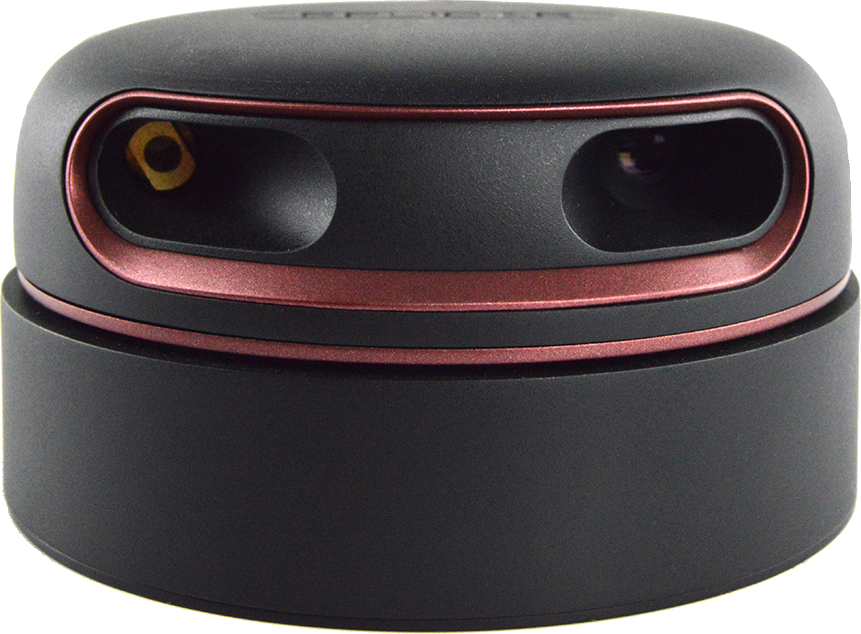Hereafter 3 the topics that this year you can develop in maximum 2 students and present (at the oral exam)
1. Complementary filtering
Use an optimization framework to find the coefficients of each filter without any constraint (i.e. making the optimization algorithm find the numerator and denominator coefficients independently).
Then:
- verify if the two filters are complementary
- study the effect of the input signal (the ‘true’ height as a function of time) effect on the filters in output to the optimization algorithm. Try to change the input signal and correlate with the quality of the results
Reward:
- +1 if the work is clear and complete
- +2 if the work is outstanding and add something to the above points
LIDAR scan matching
We will use a LIDAR and a model in scale of an indoor environment. Here the Data sheet, here the user manual
Data available
We acquired two preliminary data: here and here couple of Lidar scan
New Data:
- shot0.mat = scansione di riferimento (fatta in modo da essere il più simile possibile al primo file che ha condiviso su miro ieri)
- shot1.mat = scansione traslata rispetto ad un asse di 16cm (fatta in modo da essere il più simile possibile al secondo file che ha condiviso su miro ieri)
- shot2.mat = scansione ruotata di +30 gradi rispetto a shot1.mat
- shot3.mat = scansione ruotata di -30 gradi rispetto a shot0.mat
The code to read the data:
% Load the file
current_shot = load(‘shot0.mat’);
% Take the different components of the file
shot_lidarOBJ = current_shot.scan; % shot taken as lidar object
% Lidar Pose
lidar_pose = [current_shot.x_lidar, current_shot.y_lidar, current_shot.theta_lidar];
% Plot the shot and the lidar position
R = 70; % Used to view lidar orientation on plot
figure();
hold on
plot(shot_lidarOBJ);
plot(lidar_pose(1), lidar_pose(2),’.r’, ‘MarkerSize’,30);
plot([lidar_pose(1),lidar_pose(1)+R*cos(lidar_pose(3))], [lidar_pose(2),lidar_pose(2)+R*sin(lidar_pose(3))], …
‘r’, ‘LineWidth’,3);

2. LIDAR scan matching through Probabilistic Occupancy Maps
Reward:
- +1 if the work is clear and complete
- +2 if the work is outstanding and add something to the above points
Here some slides given during the course
3. LIDAR scan matching through Landmarks extraction
Reward:
- +2 if the work is clear and complete
- +3 if the work is outstanding and add something to the above points
Here some slides given during the course
Here slides about RANSAC
Here an example of plane fitting with RANSAC in 3D
Here slides about HOUGH Transform from a colleague (Prof. Elli Angelopoulou)
IMPORTANT NOTICE: if you plan to do this 3rd homework please write an email to prof. De Cecco with:
Subject: [HOMEWORK – LIDAR matching Landmarks] (copy exactly)
Text: specify if alone or in two + period of work (january, february)
Then I’ll write you an email with some dates to focus on your developments in January (after 15th) and February

